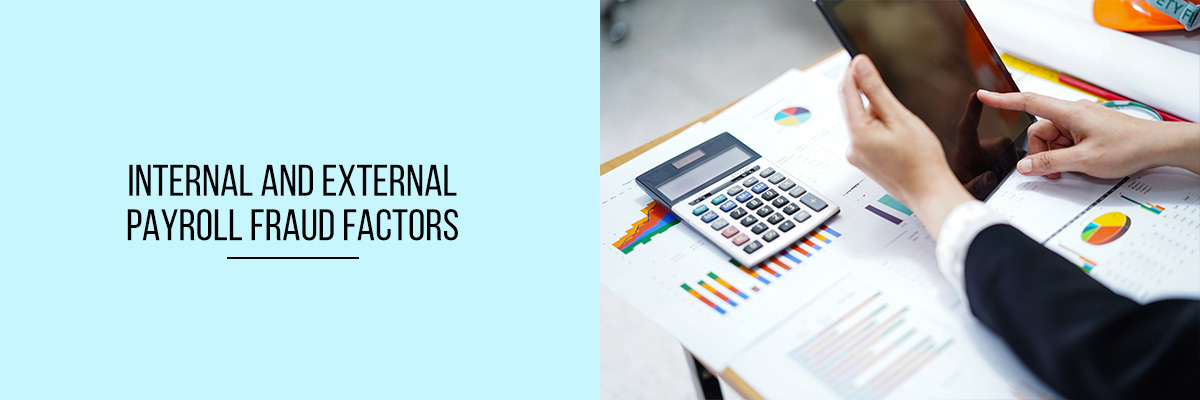No matter what is the size of the organization, it can still be a victim of fraud. Fraud is among the most common ways for a company to be scammed out of capital. Apart from serious financial implications, fraud can impact the brand and reputation of the organization.



In this article, we will discuss internal and external fraud that can affect the business, how to report cases of fraud, and the kinds of insurance that can help the business to recover if such an incident occurs.
How Big an Issue is a Fraud for Organizations?
Fraud can be a huge problem for organizations and as they become increasingly digitized, the issue is only expected to get worse. In 2017, the Annual Fraud Indicator asserted that annual UK losses to fraud are evaluated at £190 billion with £140 billion coming from the private sector. In the private sector, one of the most common types of fraud is payroll and acquisition fraud, as these can be easy to manage by insiders. This type of fraud is accompanied by financial sales fraud like telephonic and online banking scams. Another area to consider is cyber-crime, as there were 3.6 million reported cases last year.
What Types of Fraud Are There?
As stated above, fraud usually involves someone inside or outside the organization. Here are some of the common examples of internal and external frauds.
Examples of Internal Fraud
- Fraudulent cheques
- Staff claiming inappropriate or false expenses and being paid by the organization
- Misuse of credit cards by employees
- Head of Counter-Fraud, Director, Finance Director, and related high ranking executives stealing funds raised and released by payments made to false organizations
- Temporary employees in finance or other areas allowing organized violation access to financial data
- Accidental human error through file sharing, email, or USB sticks being lost
- Sale of property or land by a worker who then fails to show all of the sale funds
Examples of External Fraud
- Fraudulent cheques
- False invoices
- Card-washing schemes by using online payment methods to test a stolen credit card
- Identification of the fraud by hijacking bank records or phishing emails
- An email indicating to be from the Chief Executive asking for sensitive data or transfers of funds. Normally, this is accomplished by cloning email addresses to appear genuine until carefully scrutinized
- Hacking and stealing of databases that can be given to third parties
- Temporary staff in finance or other areas allowing organized violation access to financial data
Final Words
Most of the cases of fraud can be detected by internal controls or audit processes. That is why it is crucial to make routine checks on records and accounts and look for warning signs.
To know more about internal and external payroll fraud factors, attend the Compliance Prime webinar.


